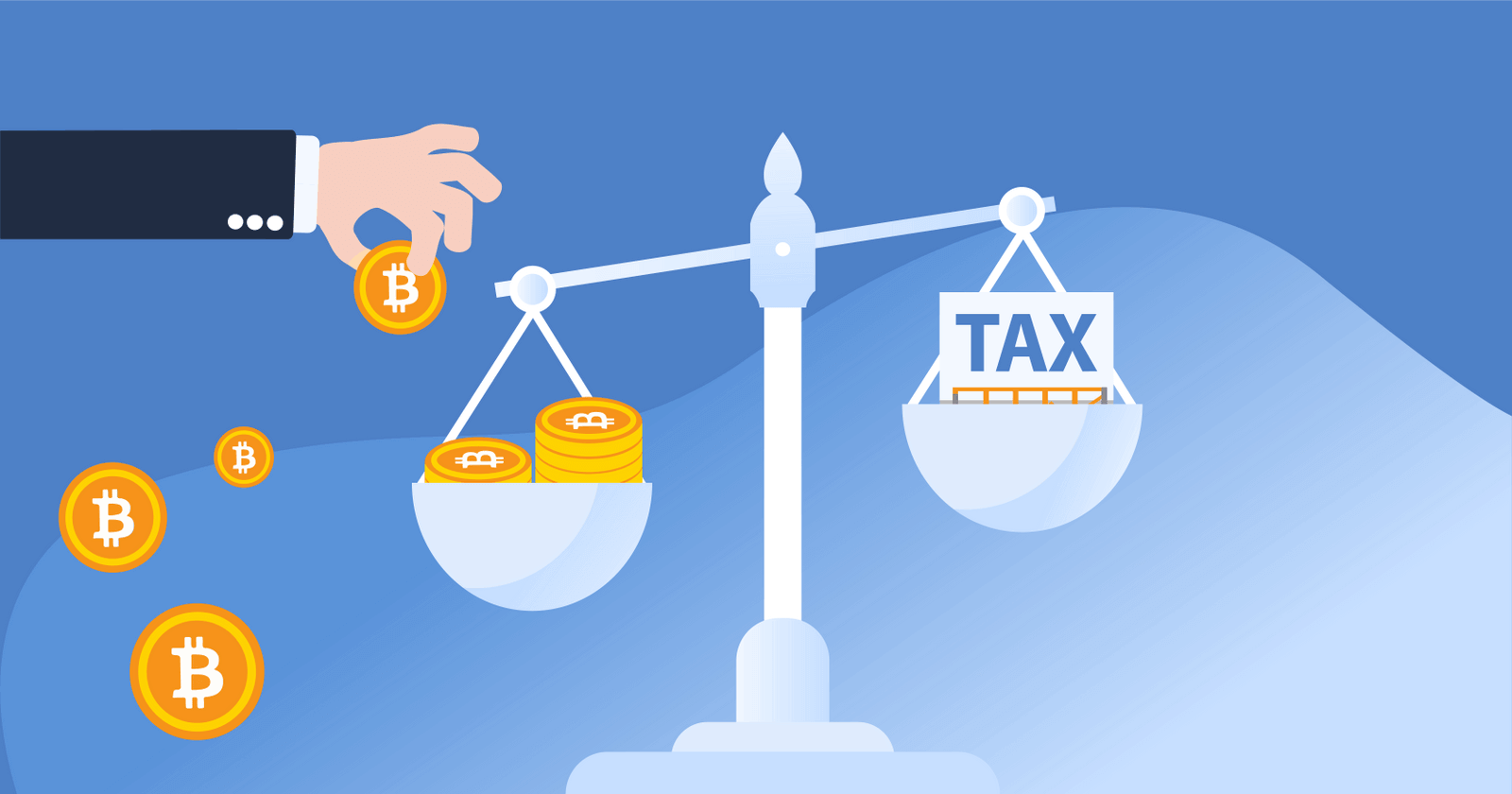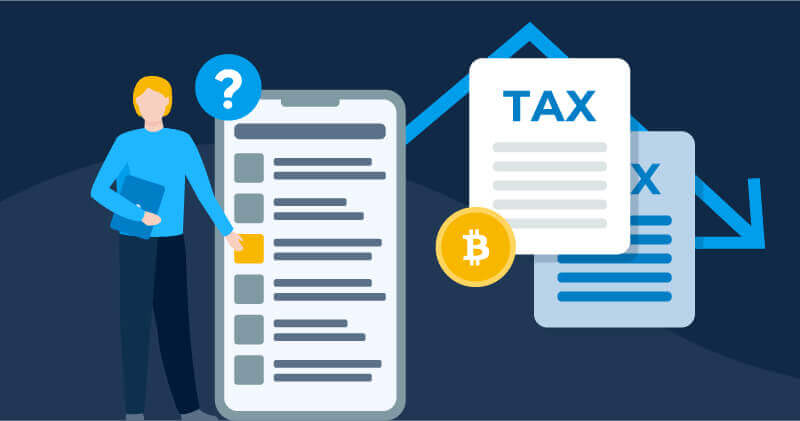

Key Takeaways
- Crypto mining is a rewarding way to earn cryptocurrency, but success depends on choosing the right hardware, software, and strategy.
- Understanding factors like mining difficulty, energy costs, and market volatility is key to ensuring profitability.
Cryptocurrency mining can feel intimidating. But with the right knowledge and tools, you can start earning crypto and contributing to the security of the blockchain ecosystem. Here’s what we’ll cover in this guide:
- The fundamentals of crypto mining
- Equipment and resources you need to start mining effectively.
- Potential pitfalls to avoid and how to navigate regulations.
What is crypto mining?

Crypto mining is a process used to secure Proof-of-Work (PoW) blockchains like Bitcoin.
In a Proof of Work system, miners use sophisticated hardware and compete to solve complex mathematical puzzles, verifying transactions and adding new blocks to the blockchain. In return for maintaining the security of the blockchain, miners receive rewards!
Think of the Proof of Work puzzle as a treasure chest with a combination lock. The first person to correctly guess the combination gets the treasure — which means that the miner with the most sophisticated hardware has the greatest chance of earning BTC!
Mining cryptocurrency can be a great way to earn passive income and support your favorite blockchains.
Can I still mine Bitcoin?
While it's technically possible to mine Bitcoin at home, it’s very difficult to do it profitably.
The more miners there are on a network, the more difficult it is for individual miners to earn rewards. The miners with the greatest computational power are most likely to get the block reward.
Bitcoin mining has grown fiercely competitive, dominated by industrial mining farms equipped with ASIC (Application-Specific Integrated Circuit) miners. It’s very difficult for at-home miners to compete with these large-scale operations.
What are some options for beginner miners?

If you're an at-home miner, don’t worry — mining can still be profitable for you! Here are some alternative options you can consider:
- Mining Pools: A mining pool allows you to combine computational resources with other miners — increasing the probability that you earn rewards! Popular mining pools include BTC.com and F2Pool.
- Alternative Coins: There are other PoW blockchains that have less competition and may be better suited for at-home miners. Some of the best cryptocurrencies for miners include Ravencoin, Litecoin, and Dogecoin.
Can I mine cryptocurrency on my phone?
Mining cryptocurrency on your phone is technically possible, but it’s not recommended.
It’s unlikely that you’ll earn mining rewards on your phone because it has a significantly lower hash rate than specialized mining equipment.
What should I consider before getting started mining?
When selecting a cryptocurrency to mine, consider the following factors:
- Hardware Requirements: Make sure to find hardware that strikes a balance between efficiency and affordability. Mining hardware typically costs more than $1,000 on the low end.
- Energy Consumption: Understand the cost of electricity in your area, as well as the energy consumption of your hardware. This will impact your profits.
- Mining Pool Options: Consider whether you want to join a mining pool or mine solo. Mining pools offer more consistent payouts, but your rewards will be divided amongst the entire pool.
- Network Difficulty: Understand the current mining difficulty of your cryptocurrency. Higher difficulty means more competition and potentially lower rewards.
- Longevity and Stability: Research the cryptocurrency’s reputation and long-term viability. Mining lesser-known coins can be riskier — especially if their value fluctuates heavily or they lack community support.
What are some challenges that crypto miners face?
Here are some potential challenges you should keep in mind before you get started with crypto mining.
- Volatility: The cryptocurrency market is highly volatile. Your profitability may be impacted by swings in the market.
- Hardware costs: Getting started with cryptocurrency mining requires an expensive investment in hardware. It may take time for you to recoup your costs.
- Electricity costs: Cryptocurrency mining is incredibly energy intensive. If you live in an area where electricity is relatively expensive, mining may not be a good choice for you.
- Heat Management: Mining hardware can often heat up — which can lead to damage. As a result, many miners choose to invest in cooling solutions.
What are some key terms to know before I get started with crypto mining?
Let’s walk through some key terms that you may encounter on your crypto mining journey.
- Proof-of-Work: The consensus mechanism that is used by blockchains like Bitcoin. In a Proof-of-Work blockchain, miners solve difficult mathematical puzzles to verify transactions and help secure the network.
- Block: An individual unit of the blockchain. Each block contains a group of transactions and cannot be changed or altered once it is added to the blockchain.
- Epoch: The name given to four year periods between each Bitcoin halving.
- Hash: A hash is a unique, fixed-length string of numbers and letters. In Bitcoin mining, miners generate hashes until they find one that solves the network’s puzzle. The first miner to find the correct hash earns the block reward.
- Hashrate: Hash rate is the speed miners generate hashes to solve the puzzle. The higher the hash rate of the network, the more secure the network and the more difficult it is for any individual miner to earn a reward.
- Nonce: A nonce is a variable miners adjust in each attempt to create a hash that solves Bitcoin’s puzzle. Rapidly testing different nonces is key to finding the correct hash and earning the block reward.
- The halving: The Bitcoin halving is an event that happens approximately every 4 years where the reward for mining Bitcoin is slashed in half. The halving mechanism is meant to control the supply of new BTC entering the market.
- Mempool: The ‘waiting list’ of Bitcoin transactions waiting to be confirmed by the network.
- SHA-256: SHA-256 is a cryptographic function used by both Bitcoin miners and the network to create secure, unique hashes. Miners use it to process data and generate hashes as they try to solve the network’s puzzle.
How long does it take to mine 1 Bitcoin?
The time it takes to mine 1 Bitcoin depends on various factors — like hardware efficiency, network difficulty, and whether you mine solo or in a pool.
As noted earlier, it’s unrealistic for a beginner at-home miner to earn BTC rewards due to the high level of competition.
It’s more likely to earn BTC through a mining pool. However, these rewards are fractional and it will likely take significant time to earn 1 BTC.
Can all cryptocurrencies be mined?
It’s important to note that not all cryptocurrencies are mineable.
Prominent coins like Ethereum and Solana use Proof of Stake (PoS) — an alternative consensus mechanism that allows investors to earn rewards by ‘staking’ their cryptocurrency.
Proof of Stake rose to popularity as an eco-friendly alternative to Proof of Work that offers higher transaction speeds. However, some critics say that Proof of Stake leads to centralization — as investors who own and stake a large proportion of the cryptocurrency will earn more rewards.
What are the best cryptocurrencies to mine in 2024?
Looking for some alternative cryptocurrencies to Bitcoin? Here are three you can consider:
- Ravencoin: Ravencoin is an open-source variant of Bitcoin. Ravencoin is ASIC-resistant — which means that at-home miners have a greater chance of earning rewards.
- Dogecoin: Dogecoin is a popular memecoin with a loyal community. While Dogecoin gives frequent rewards, it does require expensive ASIC equipment.
- Litecoin: Litecoin is another popular cryptocurrency that requires ASICs to mine. While competition for mining rewards is high, you can earn Litecoin by joining a mining pool.
Mining hardware
The first step to Bitcoin mining is to find Bitcoin mining hardware.
It’s important to note that Bitcoin mining hardware can be expensive, loud, generate heat, and consume a significant amount of electricity. You should keep these factors in mind if you’re planning to set up mining hardware in your home.
There are two different types of mining hardware: GPUs and ASICs.
ASIC units have higher performance, but are typically more expensive. For this reason, most at-home miners choose to use GPUs.
What are some good hardware options for beginners?
Let’s walk through three popular hardware options for beginners. As noted earlier, you should also consider energy consumption and noise level before getting started.
Bitmain AntMiner S19k Pro: A popular ASIC mining hardware rig — can cost as high as $1,699!
BitChimney Space Heater: Designed as a space heater that also mines BTC (cleverly leveraging the fact that the BTC mining equipment usually heats up). Costs around $1,999!
Canaan Avalon Nano 3: A portable space heater with a low noise level — costing just $429!
Bitcoin mining software
Bitcoin mining software connects your hardware to the Bitcoin network. It’s important to note that most Bitcoin mining software is free — including popular programs like CGMiner and MultiMiner!
Cryptocurrency wallet
You should use a cryptocurrency wallet to safely store your mining rewards. Coinbase Wallet and Exodus are popular options.
A hardware wallet like Ledger can provide an extra layer of security by storing your private keys offline.
Profit/Tax Calculator
You should use software to track your earnings from cryptocurrency mining to better understand if your operation is profitable.
It’s important to keep track of your cryptocurrency mining rewards for tax purposes (more on this later!)
CoinLedger can help. As a portfolio tracker and crypto tax software, the platform can help you track your profits and generate a tax report in minutes!
Should I set up a business for my crypto mining activity?
Some crypto miners choose to set up an LLC for their crypto mining activity.
A business structure can be a good idea if your mining operation has multiple owners. You can create a business contract that outlines details like ownership stake and what percentage of profits each owner is entitled to.
It’s important to note that you do not need to set up a business for your mining operation to be treated as a business for tax purposes.
Is crypto mining legal?
Crypto mining is legal in the United States and most other countries. However, you should check local laws and regulations before getting started.
- New York laws: In 2022, New York passed a law that stopped the issuance of cryptocurrency mining permits and required existing mining operations to submit environmental impact statements. These requirements expired in November 2024.
- Global Trends: Some countries — like China and Kosovo — have banned cryptocurrency mining entirely.
How much do crypto miners make?
It’s important to note that mining profitability can vary significantly based on a variety of different factors — including the cost of electricity in your area, the energy efficiency of the hardware you are using, and the current price of the cryptocurrency you are mining.
How is crypto mining taxed?
Before you get started mining, consider potential tax obligations.
Cryptocurrency mining is subject to tax in most jurisdictions. It’s likely that you’ll pay the following tax on your mining rewards:
- Income Tax: You’ll recognize income based on the fair market value of your cryptocurrency earned from mining at the time of receipt.
- Capital Gains Tax: You’ll incur a capital gain or loss upon disposal of your crypto depending on how the price of your mining rewards changed since you originally received it.
Crypto tax software like CoinLedger can connect to your mining wallet, track your income and capital gains from cryptocurrency, and help you generate complete tax forms in minutes.
In conclusion
Crypto mining may seem daunting, but with the right preparation, it’s a great way to get involved in the cryptocurrency ecosystem.
Want to get started tracking your gains, losses, and tax liabilities from cryptocurrency?
Frequently asked questions
- What is crypto mining?
Crypto mining is the process of using computer hardware to solve complex mathematical puzzles, allowing you to earn rewards from Proof of Work blockchains like Bitcoin.
- Is Bitcoin mining profitable?
Bitcoin mining can be profitable. However, it’s usually difficult for at-home miners to make a profit due to electricity costs and the high degree of competition.
- Why is crypto mining noisy?
Crypto mining is highly energy-intensive, and fans are needed to keep your hardware running smoothly.
- Can I mine Bitcoin for free?
If you’re getting started mining Bitcoin, you’ll need to pay for hardware as well as ongoing electricity costs.
How we reviewed this article
All CoinLedger articles go through a rigorous review process before publication. Learn more about the CoinLedger Editorial Process.


CoinLedger has strict sourcing guidelines for our content. Our content is based on direct interviews with tax experts, guidance from tax agencies, and articles from reputable news outlets.






























%20(1).png)





.png)
















